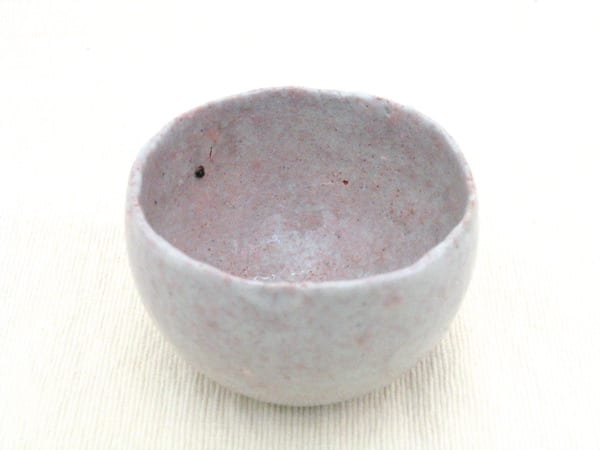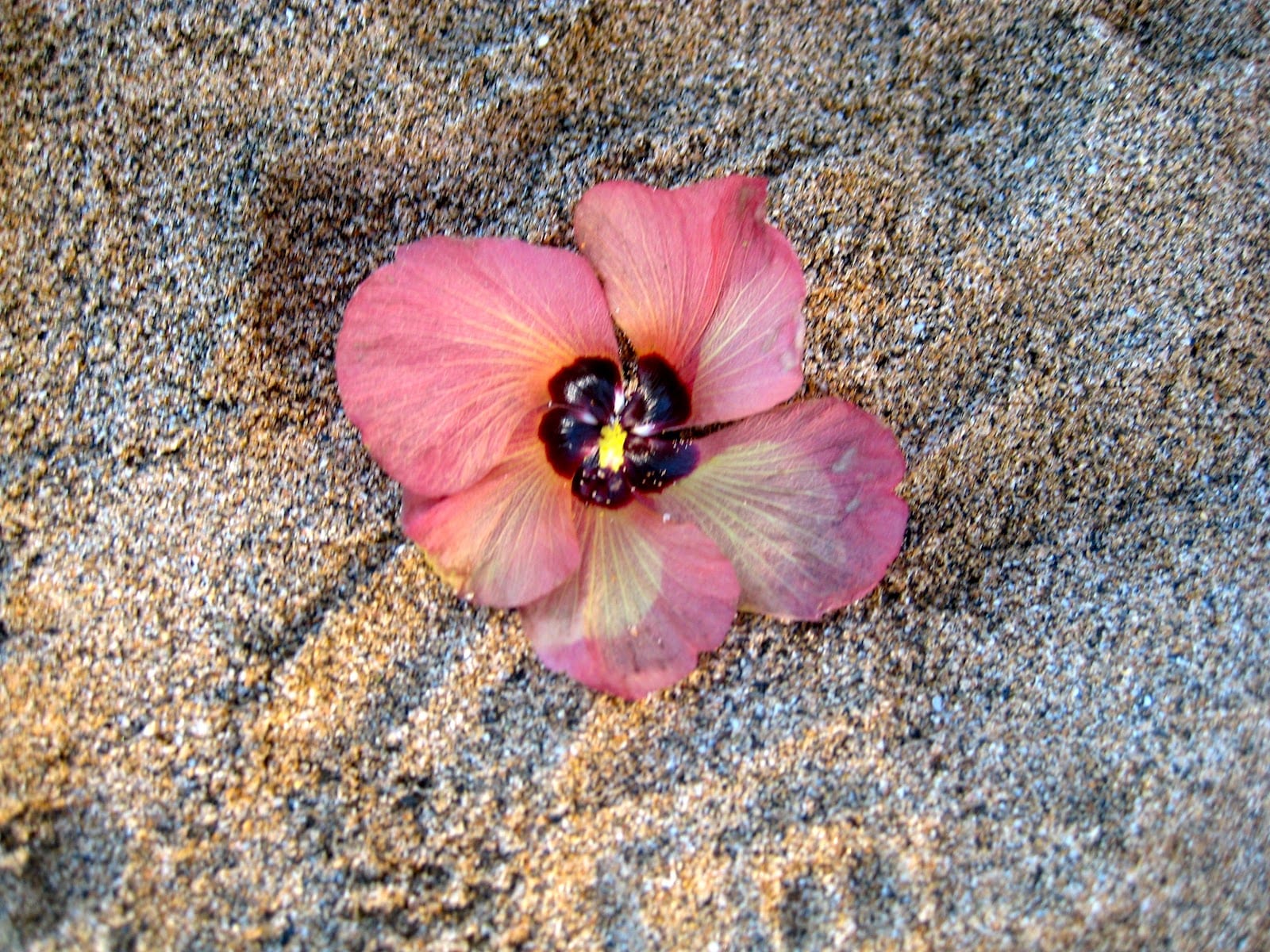Thanks for asking.
Is it just me or has the notion of “it takes a village” gone awry somewhere? I know I am not the only mother who has had a frustrated/panicked/angry/overly concerned villager give me unsolicited advice about how to raise my children and run my household. It is rare, but those incidents are the kind that sink deep in to the psyche of a parent who is caught unaware by some random person spouting off about what they are doing wrong. Consider this sarcastic invitation or this post on the angry reaction one mom got from a complete stranger who saw her kids climbing a tree. Yes, climbing a tree.
Over the years I have come to the conclusion that it is critical, nee, imperative that I go forth in my life with the mostly-complete conviction that what I am choosing to do is the right thing for my children and myself. As a brand new mother who was separated from her maternal clan by physical (and some emotional) distance, I relied mostly on what I read to determine how to raise my newborn. The trouble with that is finding any truly universal, agreed-upon information. I recall being immensely relieved when my first child was born a girl just so I wouldn’t have to consider whether or not to circumcise her. Hurdles that stretched out as far as the eye could discern from that point included how long to breastfeed, what the vaccine schedule should be, how soon should I feed her solids and which solids to feed her, how to deal with sleep issues, when to potty train, how to deal with the birth of a sibling, when to start preschool…I could go on but your eyes are glazing over. Yeah. All before she was four years old.
Frankly, the best advice I got was from a seasoned veteran. She ran the new moms’ support group at our local hospital where we got to sit around with our babies and talk about nursing issues, colic, developmental milestones, hemorrhoids, you know, the important stuff. I will never forget what she told one mother who was worried about co-sleeping with her baby. This mother had heard from her mother-in-law and her own mother that co-sleeping was dangerous and set a precedent that would be hard to break. The facilitator, I’ll call her Laura, said, “I can guarantee you he won’t want to sleep in your bed when he’s fifteen and a freshman in high school. If it works for you and your family now, it’s fine. When it isn’t, you can make a change.”
We all trusted her because she didn’t judge us or laugh at us and she had kids. Four of them. She wasn’t much older than we were and she had been there. She encouraged us all to listen to our gut. She also told us that there was very little that couldn’t be undone over time with diligence, patience and love.
And so I learned to trust myself. And yes, there have been things I’ve said and done that I wish I hadn’t. Things I wish I could take back. I think. Or maybe not, because I’m certain there are lessons I have to learn one way or the other and having a few of them under my belt already is a good thing.
I have been publicly castigated for putting my children on a gluten-free diet by people that think it is a load of crap.
I have been de-friended by people on Facebook because of my views on Western medical vaccination schedules.
I have had heated conversations with members of my own family who worked in public education because I choose to send my girls to a private school.
In every case, I feel as though I’m doing the right thing with the information I have right now. I reserve the right to change my mind. I reserve the right to regret my decision. But for right now, so long as I am making informed choices out of love and concern for my family, I don’t think I can go wrong. I have written before about growing up as part of the Pop Tart Generation. I don’t resent my mother for that. She was doing the best she could with what she had.
Whether you are a parent or not, there is some amount of mental rounding off that has to occur for us to get out of bed and make any decision at all. Most of our major life choices come as a result of feeling that we are doing the right thing – going to college or not, choosing a life partner, choosing a career. If we didn’t have some conviction that we knew what we were doing, we wouldn’t do much of anything. So, the next time you see me on the street with Lola or Eve and we are doing something you don’t approve of or understand (skateboarding, eating triple-decker ice cream cones, discussing body hardware or tattoos), just relax. I’ve got it under control. I know what I’m doing here and if I don’t you can rest assured that karma and/or natural consequences will come right around and bite me in the ass. I don’t need you to tell me.
Unless I ask.










